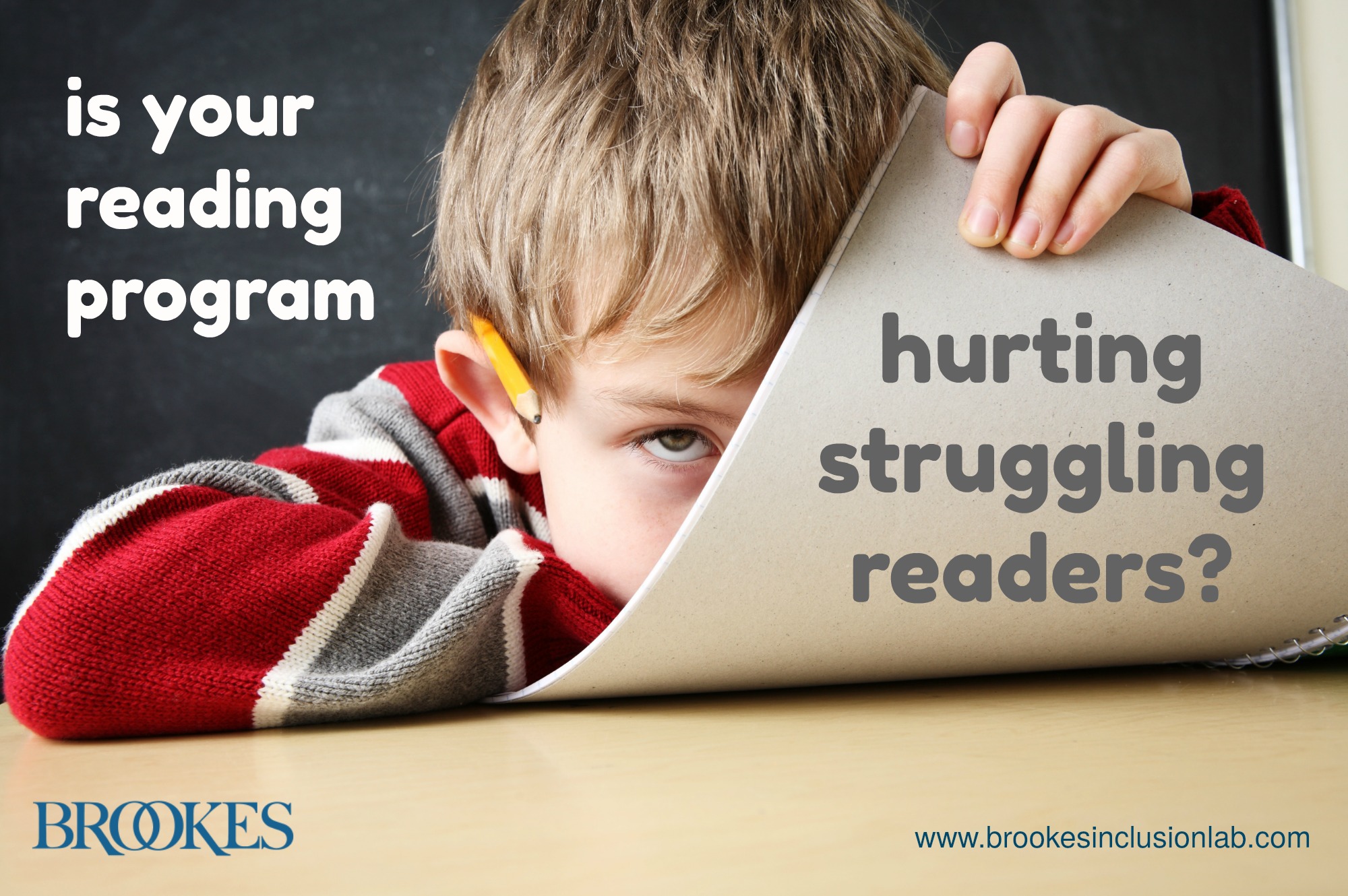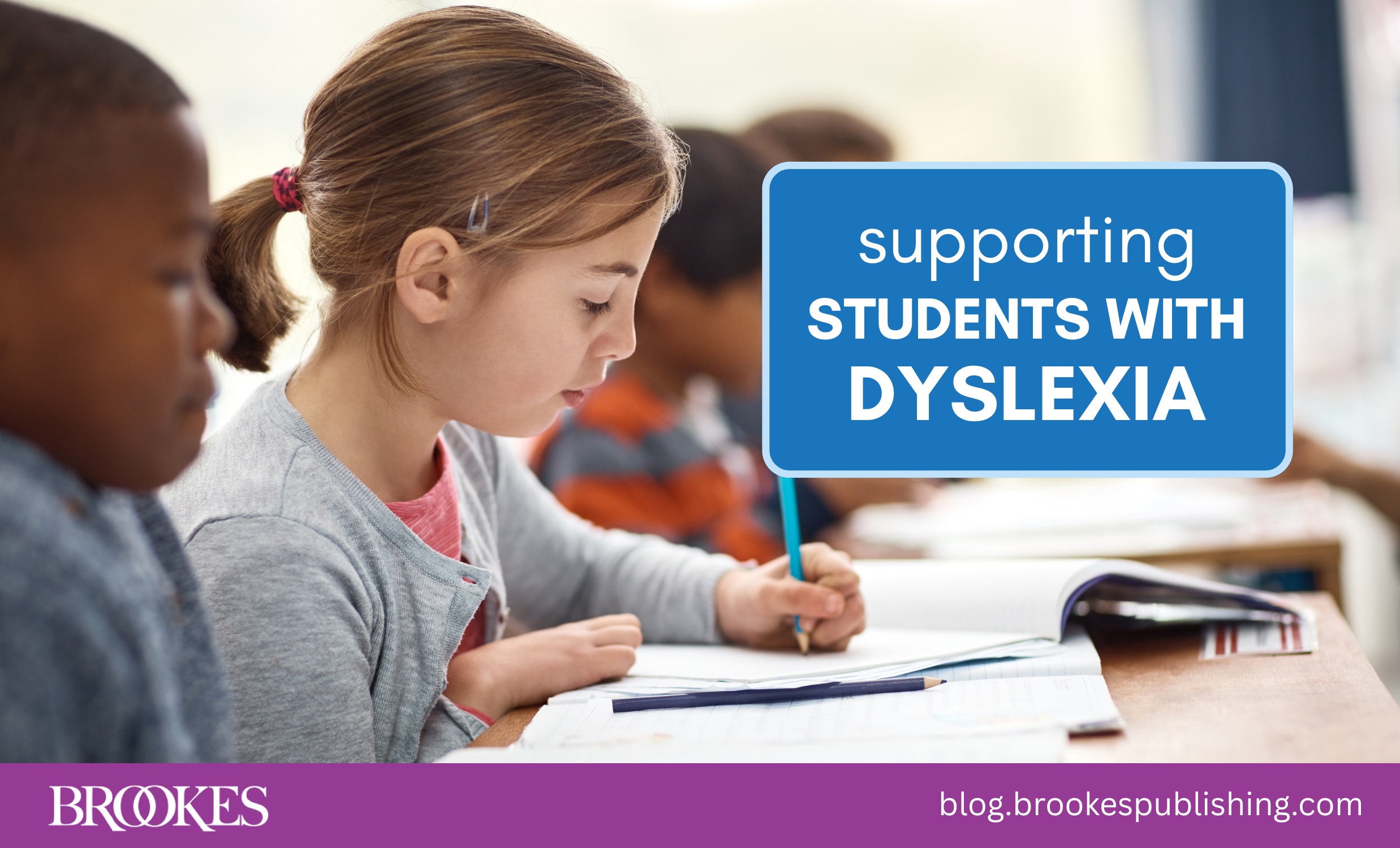5 Mistakes in Reading Program Design that Can Hurt Struggling Readers
November 21, 2018
Are you using the right core reading program for your students? Even if the program you’ve chosen seems like a good fit, there can be trouble spots within it that can present obstacles for the struggling readers in your classroom. Today’s post points to five common trouble spots, excerpted and adapted from Susan Smartt & Deborah Glaser’s book Next STEPS in Literacy Instruction. Keep an eye out for these flaws and how they affect your students, and adjust your instruction to address any issues.
Mistake #1: Too many learning activities to teach in daily lessons
You might find that some reading programs don’t give you sufficient time to teach all (or even most) of the activities. So when that happens, how do you figure out which ones to teach? Smartt & Glaser suggest:
- Conducting assessment and careful monitoring during whole-group unison and individual oral responses
- Selecting the activities that are most closely matched to a student’s specific needs, as determined by the assessments
- Identifying the skills that are targeted on weekly unit assessments and teaching those
Mistake #2: Not enough direct, explicit instruction
To improve their literacy skills, struggling learners need a clear, direct instruction with lots of hands-on opportunities to practice the steps involved in learning a new skill. Make sure your program provides both explicit instruction and many chances for practice and application. Offering your students plenty of opportunities to work with partners or in small groups is a great way to help them practice new skills.
Mistake #3: Not enough informal assessment
Is your program too focused on formal assessment tools and strategies? To really design instruction that’s based on students’ needs, you need informal assessments and progress monitoring assessments, too. You can:
- Create your own informal assessments around the five component areas of reading: phonemic awareness, phonics, fluency, comprehension, and vocabulary
- Use informal assessments like the ones included in Next STEPS in Literacy Instruction
- Use the progress monitoring forms from a system like TPRI, DIBELS, or AIMSweb
Mistake #4: Presenting new material too fast
With so much material to teach and learn, it can be tempting to follow a program that covers a lot of ground quickly. But struggling readers often have trouble keeping up with a program that introduces new concepts and skills at a fast pace. Your students will benefit when you:
- Break down the new literacy skills into smaller pieces
- Scaffold for students who need extra support in their path toward mastery
- Model, demonstrate, and give students an opportunity to apply the new knowledge
- Explicitly integrate the smaller parts of a skill back into the whole concept
- Enhance retention and ensure understanding by having students retell and demonstrate what they have learned
Mistake #5: Teaching new skills using complex vocabulary and sentence structure
Many of your students—especially English language learners—may not understand positional words like first and last or comparison words like same and different. Consider your students’ differing language skills when you’re selecting the words you use to describe new concepts and strategies. Make sure your sentences are direct and simple, and demonstrate whenever you can to enhance understanding. When you’re done introducing a concept, ask your students to retell what they heard in their own words.
Before you choose your core reading program, avoid trouble spots like these by becoming an informed consumer. Ask yourself if the reading program was developed for a student population similar to yours, and what modifications you might need to make so all students can benefit from the program and learn the content. Making the right choice—and making any adjustments to the program you do choose—is the first step toward helping every learner become a skillful and motivated reader.
KEEP LEARNING
EXPLORE THE BOOK
 Next STEPS in Literacy Instruction: Connecting Assessments to Effective Interventions
Next STEPS in Literacy Instruction: Connecting Assessments to Effective Interventions
By Susan M. Smartt, Ph.D., & Deborah R. Glaser, Ed.D.
Bridge the gap between literacy assessment and effective intervention with this must-have teaching guide for K-6 educators. Perfect for use with RTI, it directly links the indicators on today’s popular assessments with proven interventions for struggling readers.
READ MORE POSTS ON LITERACY INSTRUCTION
4 Building Blocks of Great Literacy Centers in Inclusive Classrooms




Write a Comment
Your email address will not be published. Required fields are marked *
Post a Comment